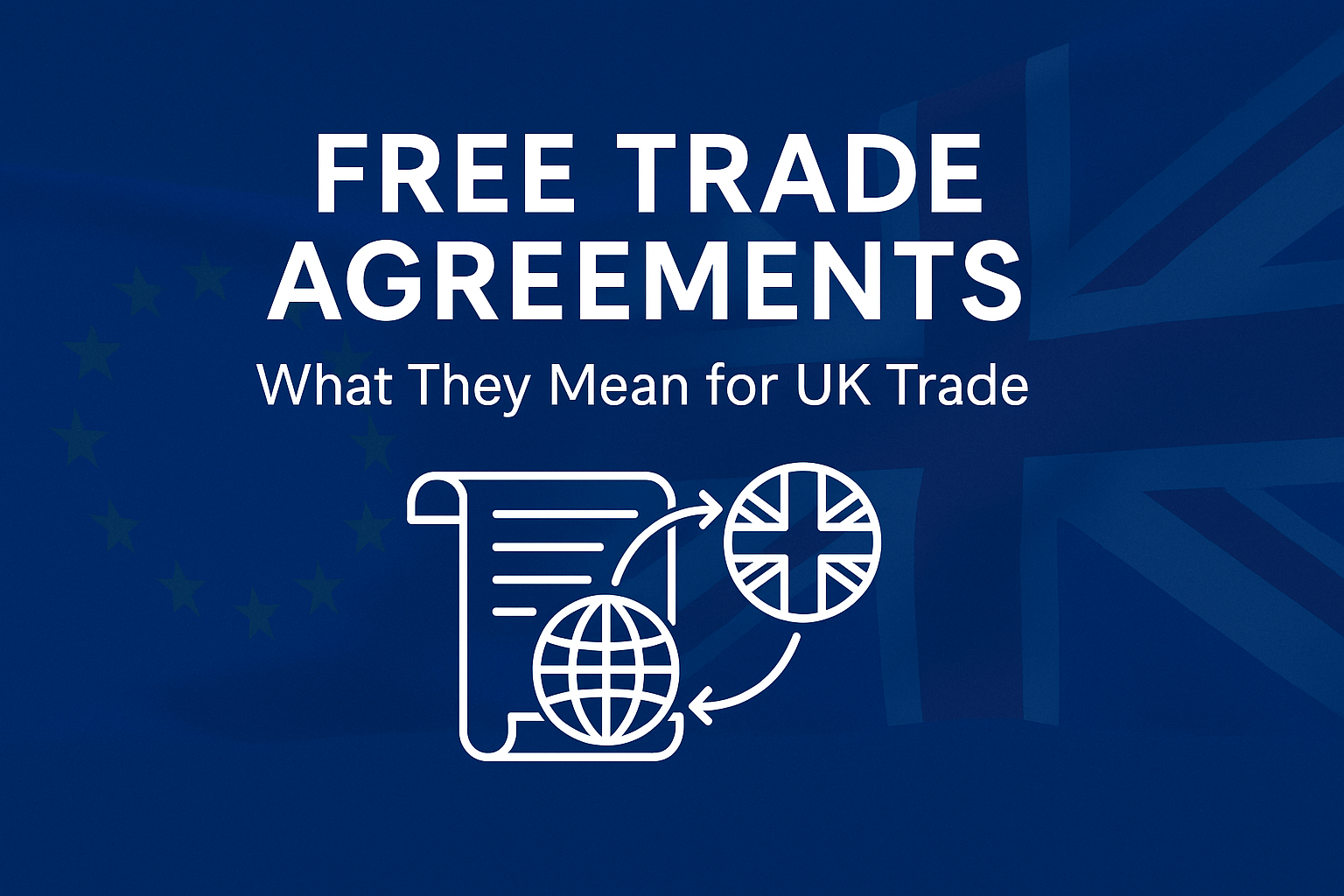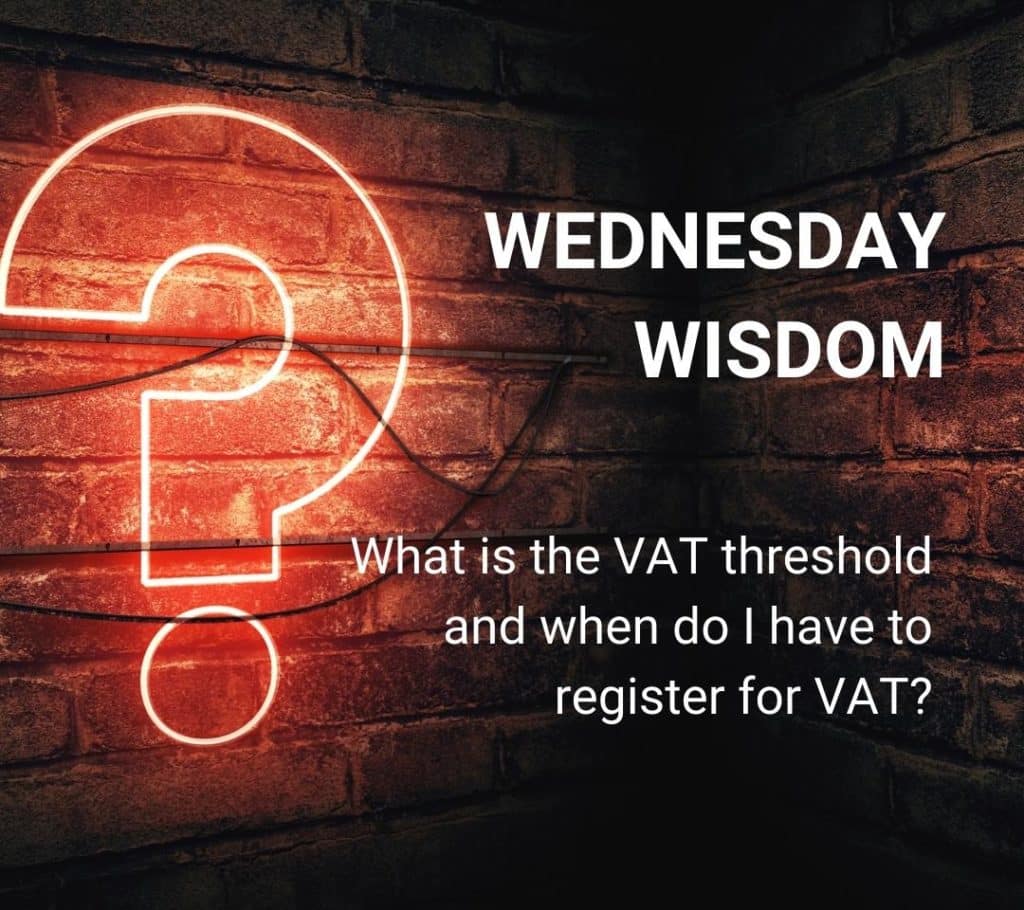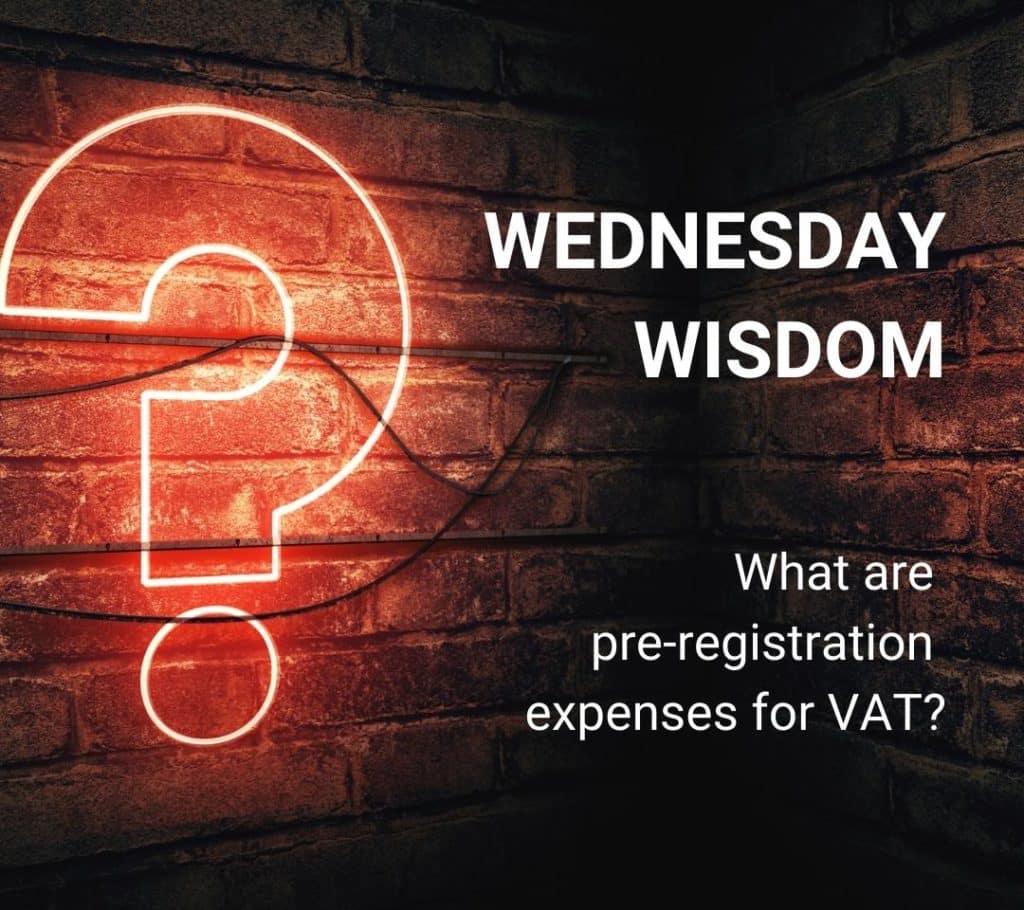A free trade agreement (FTA) is a deal between countries to make trading with each other simpler.
By cutting taxes (tariffs), limits (quotas), and other hurdles, FTAs lower costs for businesses that buy and sell products abroad and help them reach new customers. For UK companies, these deals directly affect how goods and services are bought and sold in the global economy.
Creative Takeaways
- Free Trade Agreements (FTAs) lower tariffs, quotas, and trade barriers. Goods and services move easier and cheaper between countries.
- FTAs benefit UK exporters and importers by cutting costs and opening new markets, but they also increase competition from abroad.
- Key UK deals already signed include agreements with Australia, New Zealand, Japan, Canada, Mexico, Singapore, South Korea, Ukraine, and India.
- Negotiations are ongoing with the Gulf Cooperation Council and within the CPTPP: focus on digital trade, energy, and intellectual property.
Table of contents
1. What is a free trade agreement?
A free trade agreement is an official deal between countries designed to make trade easier.
Its main job is to remove or cut tariffs, quotas, and other trade barriers. This lets goods and services move between countries more freely and cheaply.
FTAs don’t turn countries into one big market.
Instead, each country still controls its own trade rules with the rest of the world but gives special treatment to its FTA partners. This leads to faster shipping, clearer rules, and more stability for businesses that import and export.
2. How FTAs work in practice
When countries sign an FTA, they agree on rules to make trade run more smoothly.
The most common features are:
- Lower tariffs: Cutting or getting rid of taxes on imports and exports.
- Fewer quotas: Letting more goods be traded without limits.
- Clearer standards: Agreeing on rules for things like product safety and digital trade.
- Access to services: Opening up markets for industries like finance and tech.
- Government contracts: Allowing companies to bid for public projects in other countries.
FTAs can be between two countries (bilateral) or many countries at once (multilateral). Either way, the goal is to remove barriers to trade while still protecting important local industries.
3. Why free trade agreements matter for UK trade
For UK businesses, free trade agreements aren’t just policies on paper. FTAs affect day-to-day costs and opportunities.
Exporters benefit when tariffs are cut. In practice, this makes their products cheaper and more competitive abroad. A design agency selling services online also gains, as modern FTAs usually have rules to protect digital trade. Importers save money when they can bring in materials or goods with fewer fees, lowering their costs.
The flip side is more competition.
When trade is easier, foreign companies can enter the UK market more easily. That’s why every FTA is a balancing act: opening doors to new customers while managing the risk of more competition at home.
4. UK trade agreements in place
Since leaving the EU, the UK has been making its own trade deals.
Some of these continue old arrangements, others are brand new. These deals set the rules for how the UK trades goods, services, and digital products.
UK–Australia and UK–New Zealand
Both deals cut tariffs and open up markets for farming, manufacturing, and services. They also include strong rules for digital trade and government contracts.
UK–Japan
A major deal covering cars, financial services, and digital trade. It also helps the UK and Japan work together on new technology.
UK–Canada and UK–Mexico
These “rollover” deals from Canada and Mexico keep trade flowing for sectors like farming and industrial goods. Talks are happening now to update them to include services and investment.
UK–Singapore and UK–South Korea
These agreements from Singapore and South Korea focus heavily on digital trade, finance, and technology. They also make it easier to trade electronics and medicines.
UK–Ukraine (including digital trade agreement)
This agreement covers goods and services but has a special focus on digital trade and IT to help modernise trade rules for tech industries.
UK–India
Finalised in July 2025, this is one of the UK’s biggest trade deals. It covers goods, services, and investment, with a focus on industries like medicines, textiles, and IT services.
5. Agreements being negotiated
On top of the deals already signed, the UK government is working on new ones to get better access to growing markets. These talks are about cutting tariffs, setting digital trade rules, and opening up service industries.
Gulf Cooperation Council (GCC)
Talks with countries like Saudi Arabia and the UAE are focused on trade in energy, financial services, and digital technology.
Comprehensive and Progressive Agreement for Trans-Pacific Partnership (CPTPP)
The UK has joined this large trade group, but talks are still shaping the final rules. Key areas include farming, digital trade, and protecting ideas (intellectual property).
6. Free trade agreement vs other types of deals
An FTA is just one way countries manage trade. Other deals can be broader or have different goals.
The main types are:
- Economic Partnership Agreement: Goes beyond a normal FTA to include investment and working together on rules.
- Association Agreement: Mixes trade with political goals, like agreements on human rights or the environment.
- Comprehensive Economic and Trade Agreement: A very deep deal that removes most tariffs and covers services, investment, and government contracts.
- Trade and Cooperation Agreement: This is the deal the UK has with the EU. It reduces many trade barriers but adds new checks and rules compared to being an EU member. (Check how VAT on imported goods from EU works in practice.)
| Creative Tip Famous examples include the USMCA (USA-Mexico-Canada), the EU’s deals with its neighbours, and the CPTPP in the Pacific. |
7. Pros and cons of free trade agreements
| Pros | Cons |
|---|---|
| Lower tariffs reduce costs for businesses. | More competition for local industries. |
| Easier to sell goods and services in other countries. | Rules and paperwork can be complicated. |
| Creates more stable and predictable trade rules. | Political problems can disrupt the agreements. |
| Opens up opportunities for digital and service trade. | Important industries may still be protected. |
| Encourages investment between countries. | Risk of relying too much on one trade partner. |
8. How to keep track of UK trade policy
The UK government website publishes official information on all trade deals. However, these documents are often technical and hard to understand for business planning – we linked to each FTA document in their own sections.
For business owners, it’s helpful to follow experts who explain what these policy changes mean for costs, supply chains, and new opportunities.
If you run a creative business in the UK, trade agreements aren’t just headlines. They can shape the costs you face and the opportunities you can seize. At WallsMan Creative, we have specialist accountants for the creative industries who understand both international trade and the realities of the creative sector, giving you the clarity to make confident business decisions.
So, why waste time on searching for answers, when we can already give them to you?




